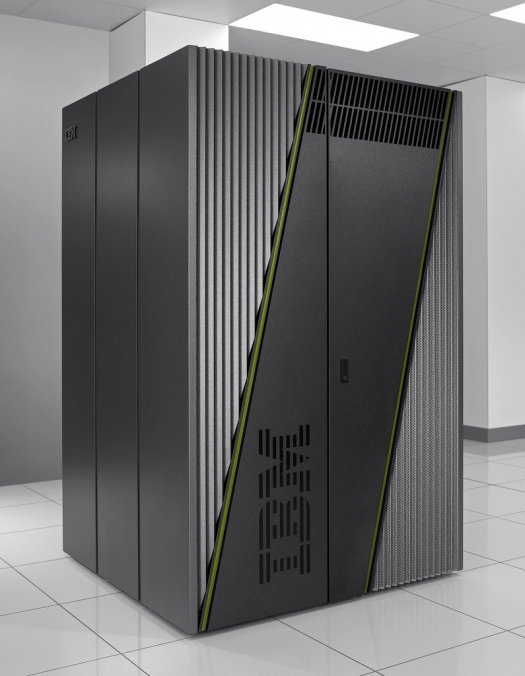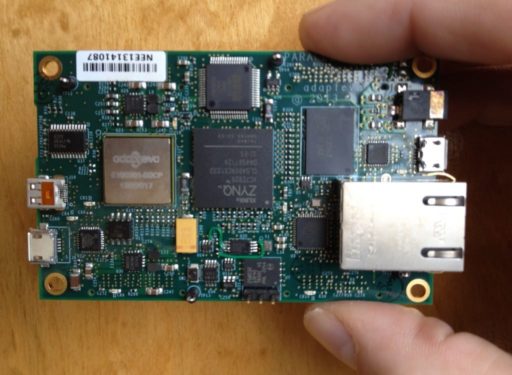IBM has announced its latest entry into the world of high-performance computing with its Mira supercomputer.Based on next generation IBM Blue Gene the 10 petaflop Mira supercomputer will fuel national innovation.The system is to be installed at the Argonne National Laboratory and will be used to work through a variety of complex calculations to aid research into better battery technology……..
IBM announced that the U.S. Department of Energy’s (DOE) Argonne National Laboratory will use IBM’s next-generation Blue Gene supercomputer to enable significant advances in areas such as designing ultra-efficient electric car batteries, understanding global climate change and exploring the evolution of our universe.The 10-petaflop IBM Blue Gene/Q supercomputer named Mira will be operational in 2012 and made available to scientists from industry, academia and government research facilities around the world.Argonne National Laboratory will use IBM’s next-generation Blue Gene/Q supercomputer to stoke economic growth and improve U.S. competitiveness for such challenges as designing electric car batteries, understanding climate change and exploring the evolution of the universe.
Mira will be twice as fast as today’s fastest supercomputer providing a strong science and technology engine that will fuel national innovation. Argonne is one of the U.S. Department of Energy‘s oldest and largest labs for science and engineering research, located some 20 minutes outside Chicago, IL (Feature Photo Service).Argonne’s current supercomputer Intrepid is an IBM Blue Gene/P machine capable of producing over 500 trillion calculations a second. Mira will be 20 times faster running programs at 10 quadrillion calculations a second.Argonne and DOE have selected 16 projects from a pool of proposals in a wide variety of disciplines that will be the first to gain access to Mira’s capabilities.
These span a diverse range of projects from reducing energy inefficiencies in transportation and developing advanced engine designs to spurring advances in energy technologies. The progress made during the Early Science Program should enable researchers to quickly leverage Mira’s computational capability to reach their science goals soon after it is deployed. Argonne anticipates that the new supercomputer will be one of the fastest and most energy efficient supercomputers in the world after its construction and installation are complete thanks to a combination of innovative new chip designs and extremely efficient water cooling.Argonne also envisions Mira as a stepping stone to exascale-class computers that will be faster than petascale-class computers by a factor of a thousand.Mira will offer an opportunity for scientists to become more familiar with the capabilities an exascale machine will offer and the programming changes it will require.
Once Mira is online, the DOE‘s Innovative and Novel Computational Impact on Theory and Experiment (INCITE) and the ASCR Leadership Computing Challenge (ALCC) programs will award blocks of computing time via a peer-reviewed competitive process to researchers who are working on scientific challenges that are best addressed by the capabilities of high-performance supercomputers.Blue Gene is one of 100 Icons of Progress in IBM’s 100 year history because it is a radical departure from the supercomputers of its time consuming only a fraction of the energy and floor space. The system is part of a collaboration between Argonne, IBM and Lawrence Livermore National Laboratory. Blue Gene’s speed and expandability have enabled industry and the scientific community to address a wide range of complex problems and make more informed decisions.



